Documentary names Abertillery murderer as serial killer
- Published
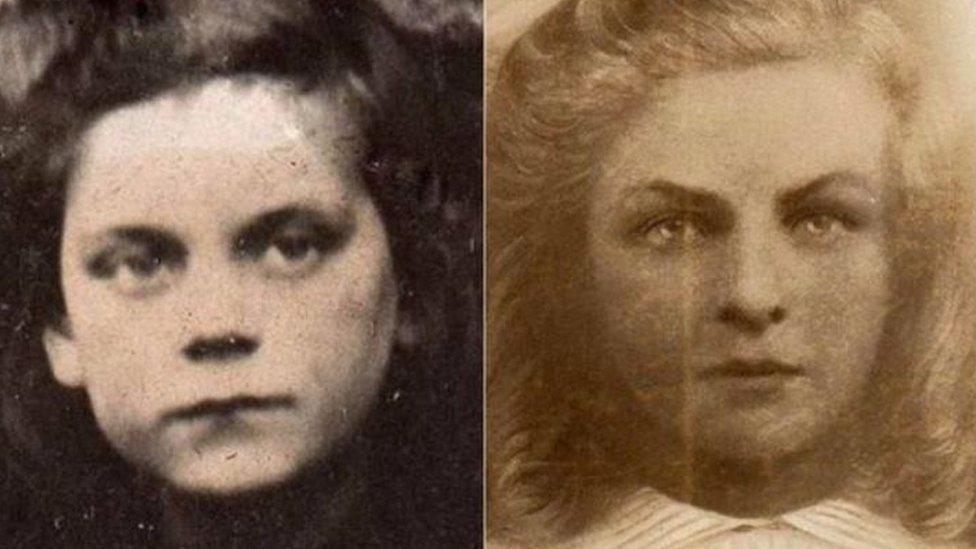
Murdered in 1921 - Freda Burnell and friend Florrie Little
A criminologist has linked the murders of two young girls in a Welsh town with Britain's most prolific unsolved serial killings.
Dubbed "Jack the Stripper" by the press, the killer strangled six young women in 1960s London, taking their clothes and dumping their bodies.
Harold Jones, jailed at 15 for killing the two girls in Abertillery, had been released from prison and was in London.
An investigation team led by Prof David Wilson names him as the prime suspect.
Former prison governor Prof Wilson, one of Britain's leading authorities on serial killers, has been fascinated by the Jack the Stripper murders and why they had almost been forgotten.
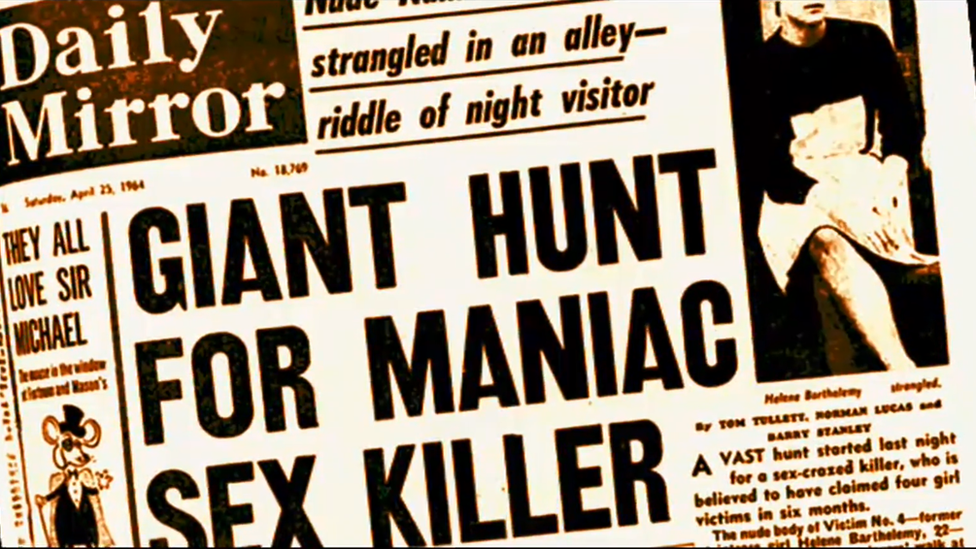
The London murders were front-page news
"This is the biggest unsolved serial murder case in British criminal history with a killer who's even more prolific than Jack the Ripper," he says.
So when Abertillery historian and author Neil Milkins suggested the link and sent him a copy of his book "Every Mother's Nightmare", he saw a possible connection to a "sexual sadist" with a similar modus operandi (MO).
Harold Jones was a shop assistant in Abertillery when he lured eight-year-old Freda Burnell to a seed store and killed her in a vicious attack in February 1921.
He hid her body and then dumped it in an alley during the night.
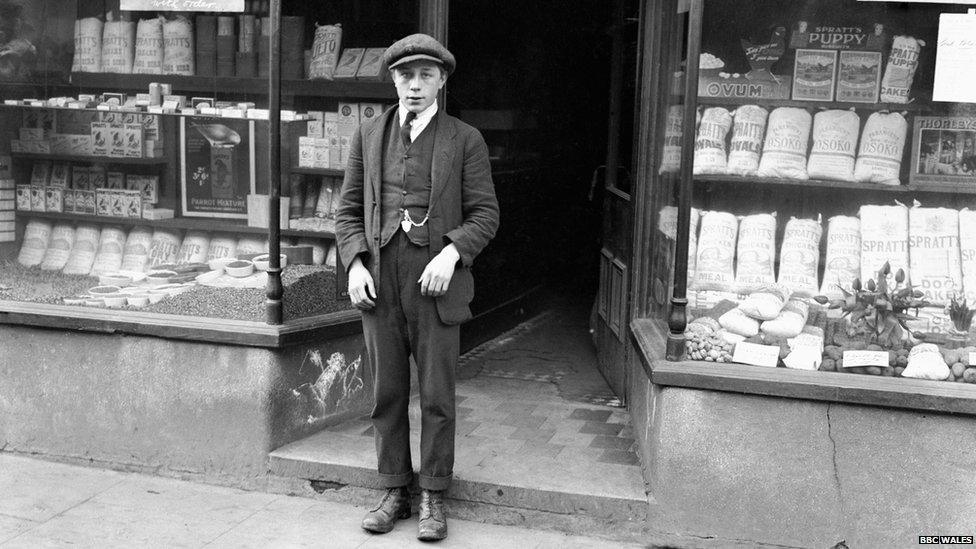
Harold Jones outside Mortimer's shop between the murders, wearing his "acquittal" gold watch
Scotland Yard was called in and Jones, the last person to have seen Freda alive, was arrested and put on trial at Monmouth Assizes, denying murder.
But local people refused to believe the teenager killed Freda and thought he was being "fitted up" by the London detectives. The shopkeeper and his father faked alibis.
Sensationally, Jones was acquitted and given a victorious welcome home to Abertillery, even being presented with a gold watch.
But within days of his acquittal, Jones killed again. This time it was Freda's friend, 11-year old Florrie Little, lured to his home where he hit her with a piece of wood and cut her throat.
He hid Florrie's body in the attic, discovered after police spotted a smudge on the wall below the hatch.
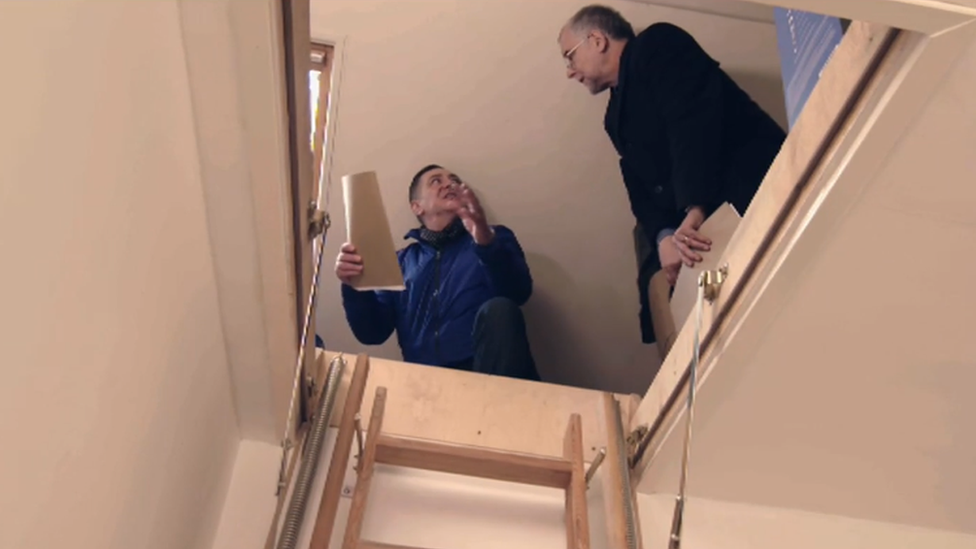
Prof Wilson in the attic where Jones hid Florrie's body
Jones admitted both murders and would very likely have been hanged had he not been aged just under 16.
Instead, he served 20 years in an adult prison before being quietly released in 1941 - and effectively vanishing.
When he realised the similar MO, Prof Wilson, backed by BBC Wales and production company Monster Films, went on to set up his own investigative team, including former Home Office pathologist Prof Bernard Knight, retired Det Ch Insp Jackie Malton and volunteers.
Prof Wilson and his team even set up an incident room in a chapel in Abertillery.
"It's the one way you can try and make sense of what the killer is thinking, it brought to life the connections" he said.
"But Abertillery welcomed me. It was kindness and also about bravery. I was blown away by it."
The most significant breakthrough was the discovery that Jones had survived the war and lived at the "epicentre" of the Jack the Stripper killings.
The team traced his daughter who had no idea of his background. He was "an unassuming family man" keeping a "terribly dark secret" until his death from cancer in 1971.

Jones was released from prison in 1941
But Prof Wilson's team are convinced he had remained a "cold and cunning killer", violent and sexually motivated.
His victims were all diminutive, stripped naked, teeth removed and stored for some time.
"Because they were seen as sex workers they were seen as less deserving, their lives didn't matter," said Prof Wilson.
The team now hope Scotland Yard will open a new cold case review and bring closure to the relatives of the London victims.
Charles Thomson, the brother of the third victim Helen Barthelemy, tells the programme: "For Helen to be portrayed the way she was was disgraceful.
"The woman the papers described bore no resemblance to the person I knew. They were all people, all someone's mothers and daughters."
Dark Son: The Hunt for a Serial Killer is on BBC Two Wales on Saturday night at 21:00. It will be shown on BBC Four later this month.
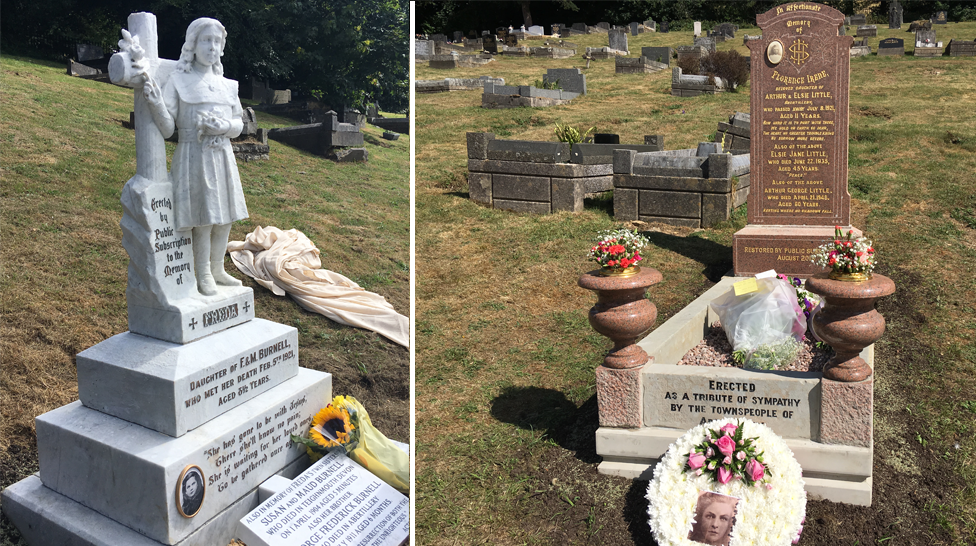
Freda and Florrie's graves were restored last year after a public appeal
- Published4 August 2018

- Published5 November 2017
